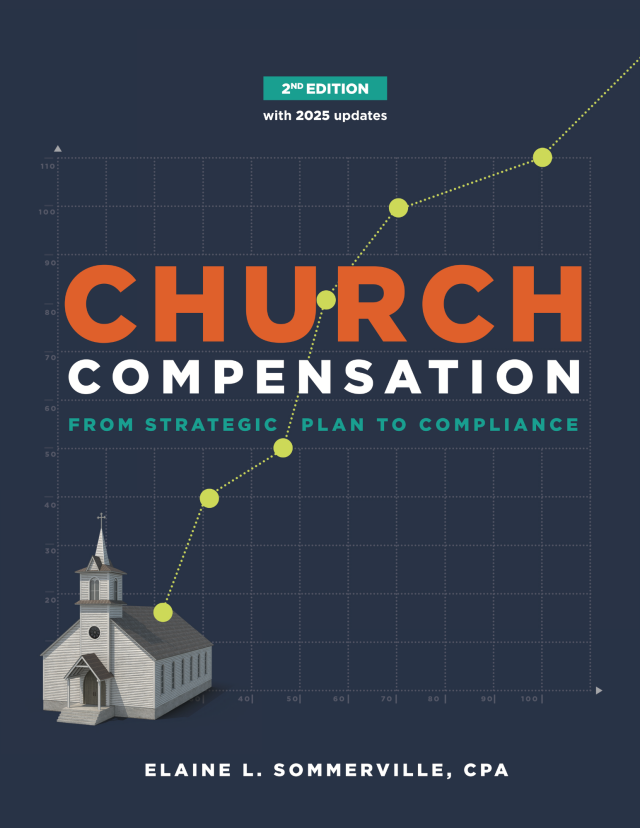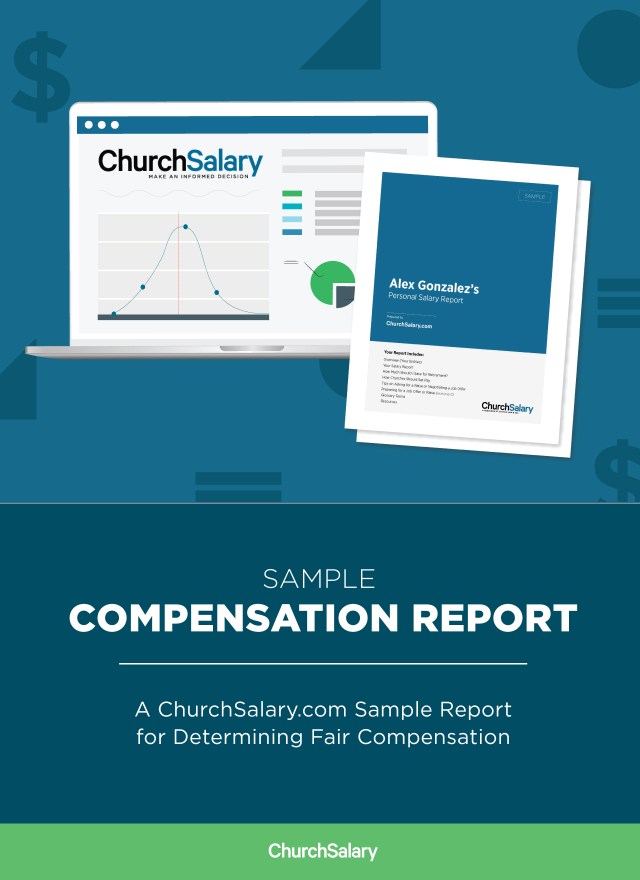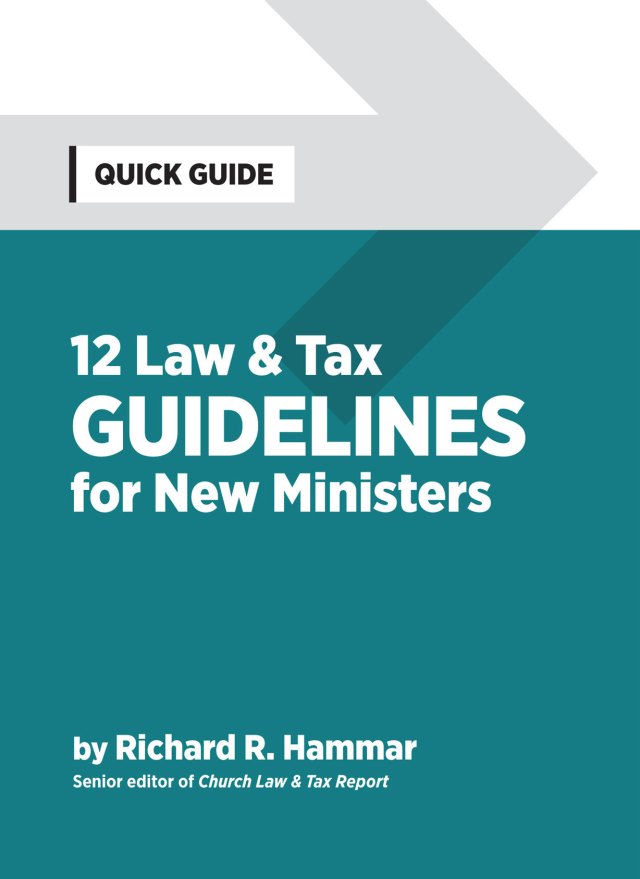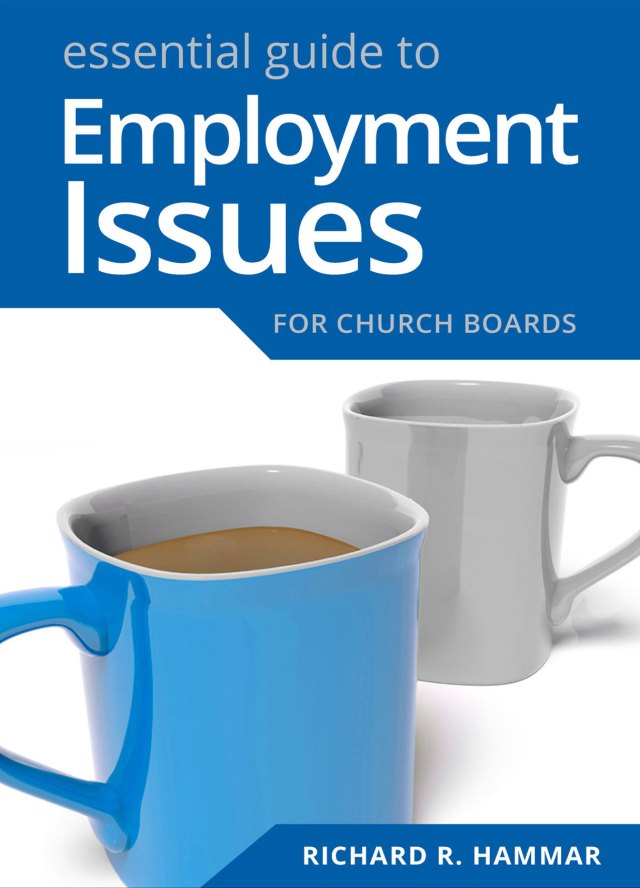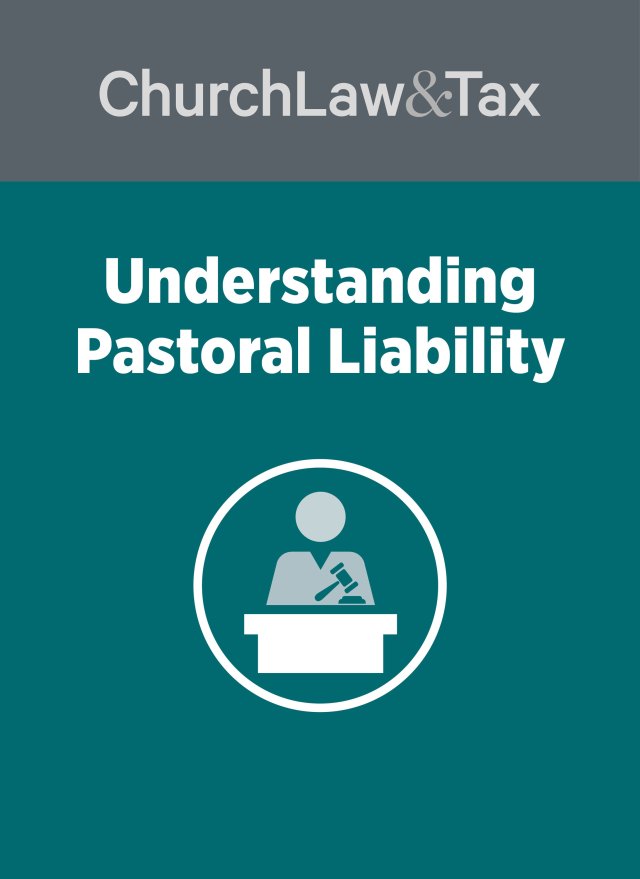In a 7-2 ruling on July 8, 2020, the United States Supreme Court ruled that the “ministerial exception” barred civil courts from resolving employment discrimination lawsuits brought by former teachers against two Catholic schools.
This article reviews the facts of each case, summarizes the Supreme Court’s decision, and assesses the relevance of the ruling to religious organizations.
Case No. 1: Teacher Sues Over Age Discrimination
A woman (“Teacher”) worked for many years as a lay fifth- and sixth-grade teacher at a Catholic parochial school. She taught all subjects, including religion.
Key facts:
- Education: BA in English with a minor in secondary education; California teaching credential.
- Religious duties: Taught religion daily, attended faculty prayer services, led classroom prayer, and directed an annual passion play.
- Employment agreement: Required to promote Catholic faith and morals and participate in religious activities. Her contract could be terminated for conduct discrediting the Church.
- Performance reviews: Included evaluations of religious instruction and presence of Catholic values in the classroom.
The school eventually moved the Teacher to part-time and then declined to renew her contract. She filed an age discrimination claim, alleging she was replaced by a younger teacher. The school cited classroom performance issues related to a new reading and writing program.
Legal journey:
- Federal district court: Dismissed the lawsuit under the ministerial exception.
- Federal appeals court: Reversed, emphasizing lack of formal religious title or training.
- Supreme Court: Agreed to review the case. (Our Lady of Guadalupe School v. Morrissey-Berru)
Case No. 2: Teacher Claims Disability Discrimination
Another woman (“Teacher”) worked for a year-and-a-half at a Catholic primary school in Los Angeles.
Key facts:
- Education: BA in liberal studies and a teaching credential.
- Religious duties: Taught religion for 200 minutes per week, led daily prayer, used a religious textbook, and prepared students for sacraments.
- Role: Substitute first-grade teacher, then full-time fifth-grade teacher.
The school declined to renew her contract after one full year. She alleged she was dismissed for requesting medical leave to treat breast cancer. The school cited poor classroom management and curriculum issues.
Legal journey:
- Federal district court: Dismissed the lawsuit under the ministerial exception.
- Federal appeals court: Reversed.
- Supreme Court: Also agreed to review. (St. James School v. Biel)
Supreme Court’s Analysis
The Court combined both cases and applied its previous reasoning from Hosanna-Tabor Evangelical Lutheran Church and School v. EEOC (2012).
In Hosanna-Tabor, the Court:
- Recognized the ministerial exception for religious institutions.
- Emphasized that no rigid formula defines a “minister.”
- Identified relevant factors like religious title, training, self-identification as a minister, and religious job duties.
Key takeaway:
“What matters, at bottom, is what an employee does.”
In these two cases:
- Both teachers had core duties transmitting the Catholic faith.
- Employment agreements and handbooks emphasized their religious responsibilities.
- Their titles and formal religious training were less important than their actual duties.
The Court concluded that both teachers fell within the ministerial exception, protecting the schools’ employment decisions from civil court review.
What This Means for Churches
This ruling has significant implications for religious organizations beyond just Catholic schools.
1. Focus on Job Function, Not Titles
The Court emphasized that actions, not formal religious titles, determine who qualifies under the ministerial exception.
Even employees without “minister” in their title may be covered if they perform essential religious duties.
2. Possible Impact on Tax Law Definitions
Currently, the federal tax code defines “ministers” narrowly—requiring ordination, commissioning, or licensing.
The Court’s broader interpretation could:
- Influence future adjustments to the tax definition of “minister.”
- Expand eligibility for tax benefits like the housing allowance.
Five factors currently used in tax law (from Knight v. Commissioner, 1989):
- Administer sacraments
- Conduct worship services
- Perform services under church authority
- Be ordained, commissioned, or licensed (mandatory)
- Be regarded as a spiritual leader by their religious body
The Court’s decision could support including those who perform ministerial functions without formal designation.
3. Limited Guidance Beyond Employment Cases
The Court did not extend its ruling to other areas like:
- Breach-of-contract claims
- Defamation lawsuits
- Fair Labor Standards Act (FLSA) disputes
The focus remains narrowly on employment discrimination.
Church Autonomy and the First Amendment
The Court reinforced the independence of religious organizations in internal matters:
- Religious groups must be free to decide faith and doctrine without government interference.
- Courts must avoid intruding on religious hiring and firing decisions.
- The ministerial exception is crucial to maintaining religious liberty.
“Without [this authority], a wayward minister’s preaching, teaching, and counseling could contradict the church’s tenets and lead the congregation away from the faith.”
Final Thoughts
Church leaders should carefully evaluate all staff roles—not just ordained pastors—when considering who might fall under the ministerial exception.
This ruling strengthens churches’ rights to make internal decisions without fear of civil litigation but also signals broader future debates, especially in tax law and religious freedom cases.
We’ve used a combination of AI and human review to make this content easier to read and understand.

